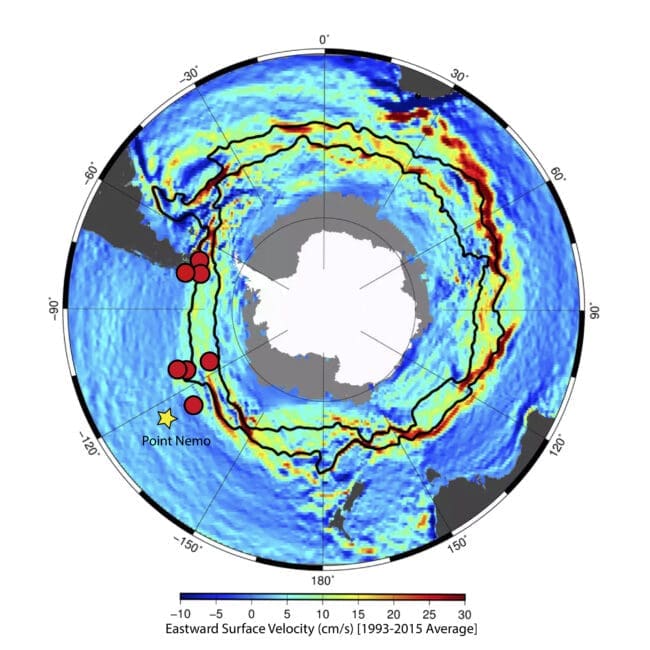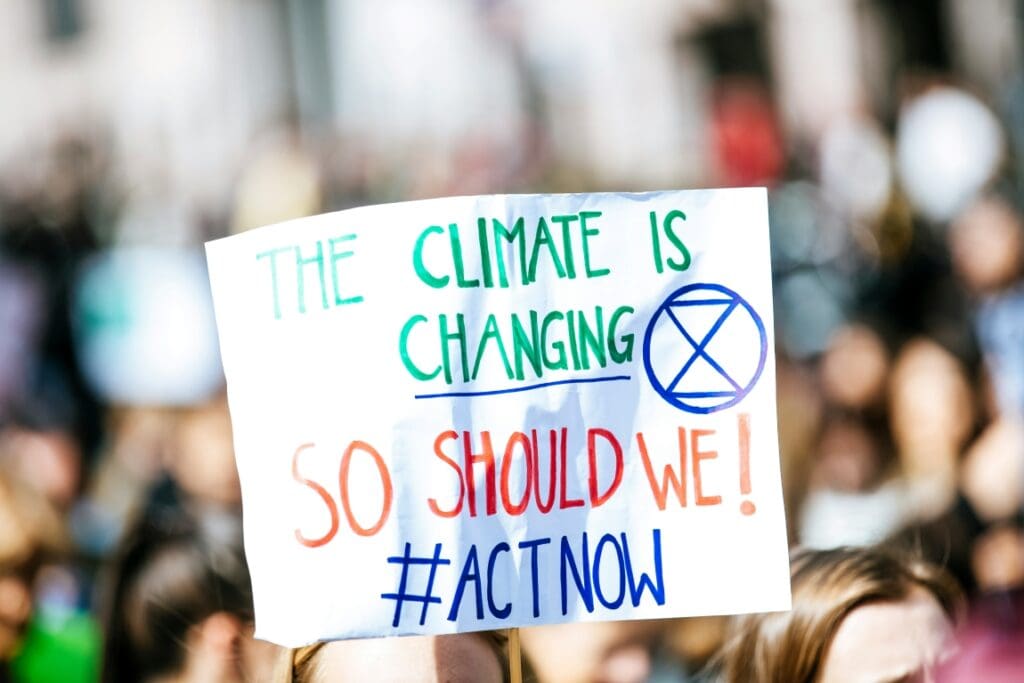It’s been a fundamental component of Earth’s climate system for millions of years, but the Antarctic Circumpolar Current (ACC) is now sending a warning signal about the impacts of human-induced climate change. Scientists have long recognized the ACC’s crucial role in regulating global climate, but a new study, published in Science Advances, unveils compelling evidence linking the current’s behavior to past natural climate shifts and, potentially, to future consequences of global warming.
The ACC, often referred to as the mightiest and fastest current on the planet, spans the Southern Ocean, connecting the Indian, Atlantic, and Pacific Oceans. Its colossal scale, carrying over 100 times more water than all the world’s rivers combined, makes it a key player in shaping Earth’s climate patterns. However, recent decades have witnessed an acceleration in the current’s speed, raising questions about its relationship to human-induced climate change.
Led by an international team of scientists, the study delved into sediment cores from the most rugged and isolated regions of our planet’s oceans. By examining these cores, which contain a geological archive stretching back 5.3 million years, researchers uncovered a striking correlation between the ACC’s behavior and Earth’s temperature fluctuations. During past periods of natural climate variability, the current slowed down in colder times and accelerated during warmer periods, exacerbating the loss of ice in Antarctica.
The study “implies that the retreat or collapse of Antarctic ice is mechanistically linked to enhanced ACC flow, a scenario we are observing today under global warming,” remarked Dr. Gisela Winckler, coauthor of the study and a geochemist at Columbia University’s Lamont-Doherty Earth Observatory.
The ACC’s origins trace back about 34 million years ago when tectonic forces isolated Antarctica, initiating the buildup of massive ice sheets. Over time, the current took its modern form, driven by continuous westerly winds that propel it around Antarctica. Recent observations indicate that these winds have strengthened by approximately 40% in the past 40 years, intensifying the ACC’s speed and fueling large-scale eddies that transport warm waters towards Antarctica’s vulnerable ice shelves.
“This loss of ice can be attributed to increased heat transport to the south,” explained Dr. Frank Lamy, lead author of the study from Germany’s Alfred Wegener Institute. “A stronger ACC means more warm, deep water reaches the ice-shelf edge of Antarctica.”
The implications of these findings extend beyond Antarctica’s icy realm. The Southern Ocean surrounding Antarctica currently absorbs about 40% of the carbon dioxide emitted by human activities, playing a crucial role in mitigating climate change. However, concerns arise that the ACC’s acceleration could jeopardize this vital carbon sink, further exacerbating global warming.
The research expedition, involving approximately 40 scientists from a dozen countries, undertook a daring voyage to collect sediment cores from the ocean floor near Point Nemo. This remote spot in the southwestern Pacific, the farthest point from land on Earth, presented extreme challenges, including towering waves and perpetual darkness during the austral winter.

By meticulously analyzing layers of sediment accumulated over millions of years, researchers unveiled a compelling narrative of the ACC’s historical behavior. Fluctuations in the current’s speed, correlated with periods of ice retreat and advance, provide valuable insights into its future trajectory under ongoing climate change.
“These findings provide geological evidence in support of further increasing ACC flow with continued global warming,” the researchers conclude. “A future increase in ACC flow would mark a continuation of the pattern observed in instrumental records, with likely negative consequences.”
As the world grapples with the urgent need to mitigate climate change, the Antarctic Circumpolar Current emerges as a critical indicator of Earth’s changing climate dynamics. Understanding its past behavior is paramount for anticipating its future impact, emphasizing the urgency of concerted global efforts to address the climate crisis.
(More information: Frank Lamy, Five million years of Antarctic Circumpolar Current strength variability, Nature (2024). DOI: 10.1038/s41586-024-07143-3; Sources: Columbia Climate School – Press Release / Alfred Wegener Institute – Press Release; Featured image credits: wirestock – Freepik.com)




